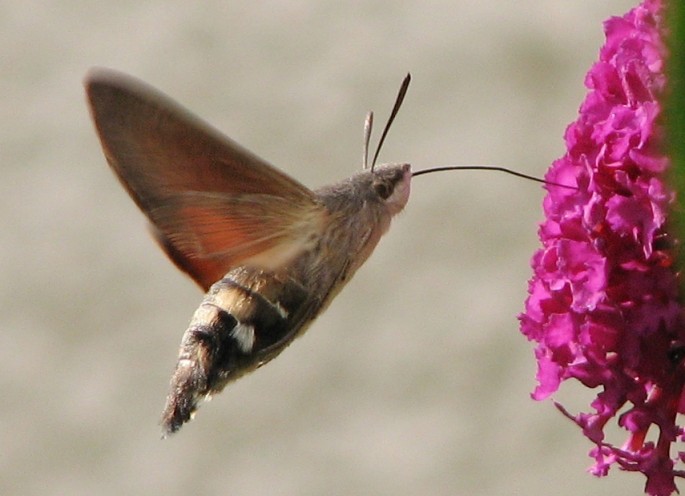Moth night vision could be in tune with moving flowers, the animal's primary food source. A new study using robotic flowers tested the limits of the insect's brain mechanism that adjusts camera-like compound eyes.
Scientists already knew that various moth species use a complex system to see in the dark. This is especially true of the hawkmoth.
Moths are quite skilled at hovering over very low light. They change their compound eyes to let more light in, like a camera aperture.
Hawkmoths' compound eyes are "superposition," which means their vision is one thousand times more sensitive in low light than standard ones, according to The Verge. However, to see at night moth eyes must be one million times more light-sensitive than simple eyes.
Another hypothesis of scientists was that the flying insects used another "camera trick." The moths slowed down their brains to boost the process time for the eyes' light absorption.
Simon Sponberg was the leader of the research team from Georgia Tech. They used high-tech cameras to observe the behavior of the brain mechanism that powered the moth night vision.
Sponberg explained to The Washington Post that the insect's mental strategy is like changing a camera's shutter speed in order to increase exposure. A series of fast frames results in brighter yet blurrier frames.
Sponberg guessed that moths' slowed down brains would have difficulty tracking fast objects. So the team built robot flowers that could sway at various speeds.
His hypothesis was spot on. The moths indeed had difficulty following the fast plants so they hovered over the fake flowers, according to Stuff.
In low light the moths struggled in tracking flowers that swayed more than two times per second. A sky-high 94 percent of the moving plants were below this threshold of flowers on the flying bugs' menu.
The moth slows down its brain speed to adjust to low light levels. However, the cut-off point is the speed that would negatively affect what they "need to do."
Next, the researchers will closely examine the brain mechanisms of the hawkmoth. They will also search for other animal evolution like the moth night vision.



























